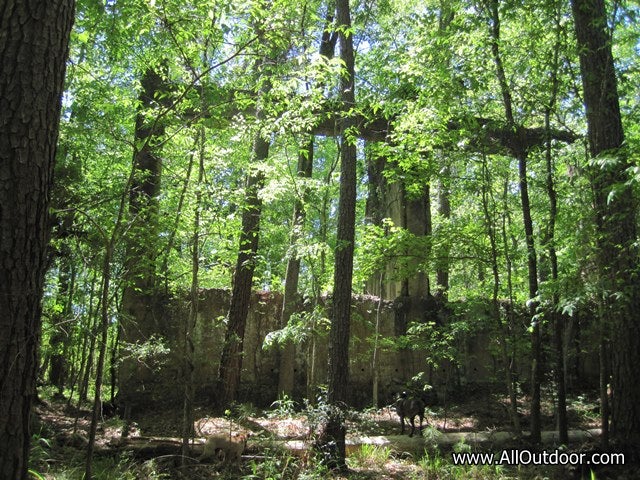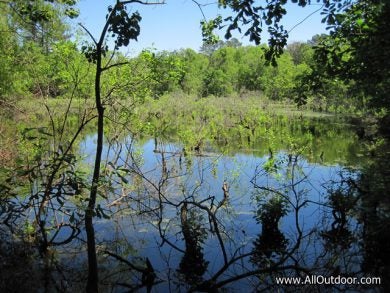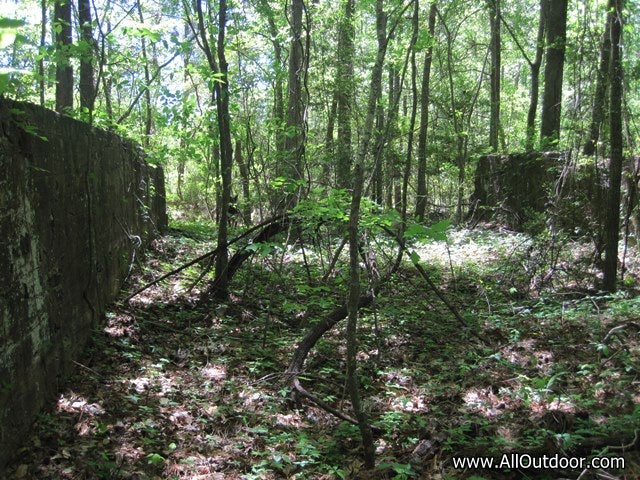Preppers: Old Sawmill as Bug Out Location
Kevin Felts 04.07.17

Preppers, have you considered using a turn of the 20th century sawmill as a bug out location? Chances are, you may not even know about the the sawmills or old mill towns.
Let’s talk about some history.
In the late 1800s and into the early 1900s, sawmill towns were established all over the United States. These were fully functioning towns with a church, school, company store, post office, and sawmill. This was a time before heavy equipment. Everything was horse, mule, and man power.
Without heavy machinery, the sawmill had to be brought to the forest. To facilitate moving logs to the sawmill, narrow gauge tracks were built going from the sawmill out into the forest. Some of the tracks would stretch for miles.
Then came the innovation of heavy machinery. With the ability to move trees to the sawmill by truck, fewer mills were needed. A large number of mills mysteriously burned down when they were no longer needed. The fire usually left the concrete foundation and walls.
Over the past century a great number of these old mills have been lost to history. They have been reclaimed by nature, far away from big cities.
Why should you care? Well, many old logging communities and sawmills have a lot in common with each other. They are remote, usually have a stream nearby, have a log pond, and may have the concrete foundations and sometimes concrete walls.
In other words, they have everything a prepper would want in a bugout location.
Water
Those old sawmills were built in a time before electric motors. This meant everything was steam powered.
What is used to make steam? Water.

Because of this, a lot of the old turn of the century sawmills were built near streams. The streams were also used to keep the log pond full.
As the mills were burned down, dismantled or abandoned, the mill pond was reclaimed by nature and is now a wildlife habitat.
Besides fish, frogs, and turtles, the ponds also attract migrating waterfowl.
Depending on location, sometimes beavers, nutria rat, musk rat, and alligators will move into the pond. Raccoons will often visit the pond looking for crawfish.
There is a good chance that over the decades locals put catfish, perch, and maybe even bass in the log ponds. They did this so they could go back later and catch the fish.
So, the mills had a nearby stream and a pond. This means you have running water to filter and a pond for fishing, trapping, and hunting.
Remote
The sawmill was the life of the company town. When the mills went away, the towns died. As the towns died, people moved away to look for work. Chances are the land is now owned by a large timber company or the government.
Locals may only know rumors of an old sawmill off in the woods with no exact details.
During operation, some of the sawmill towns had a population of several hundred people. These days, there may not be a family for miles, or just a few families who live nearby.
Roads to the mills or the old mill towns may be overgrown and reclaimed by nature, but there may be roads or ATV trails going to it.
Foundation and Walls
The mills that burned may still have standing concrete walls, which can be used to help build a semi-permanent shelter.

Bricks can be used to build a fireplace.
There may be pieces of old railroad track that can be used for an anvil. Old railroad spikes can be forged into tools.
Fallen concrete walls should have steel rebar sticking out of them; this can be forged into something useful.
Sawmill Scouting
If you want to know where old mill towns or sawmills may be in your area, let history be your compass. There are various websites dedicated to sawmill history. A local historian would probably know details of local mills.
History books, websites, and historians are often unsure of sawmills’ exact locations. This is where you go into scouting mode and get a hobby.
If nothing else, at least you’ll learn some local history and take the family on an adventure. Few things compare to looking through an abandoned area that has been reclaimed by nature.